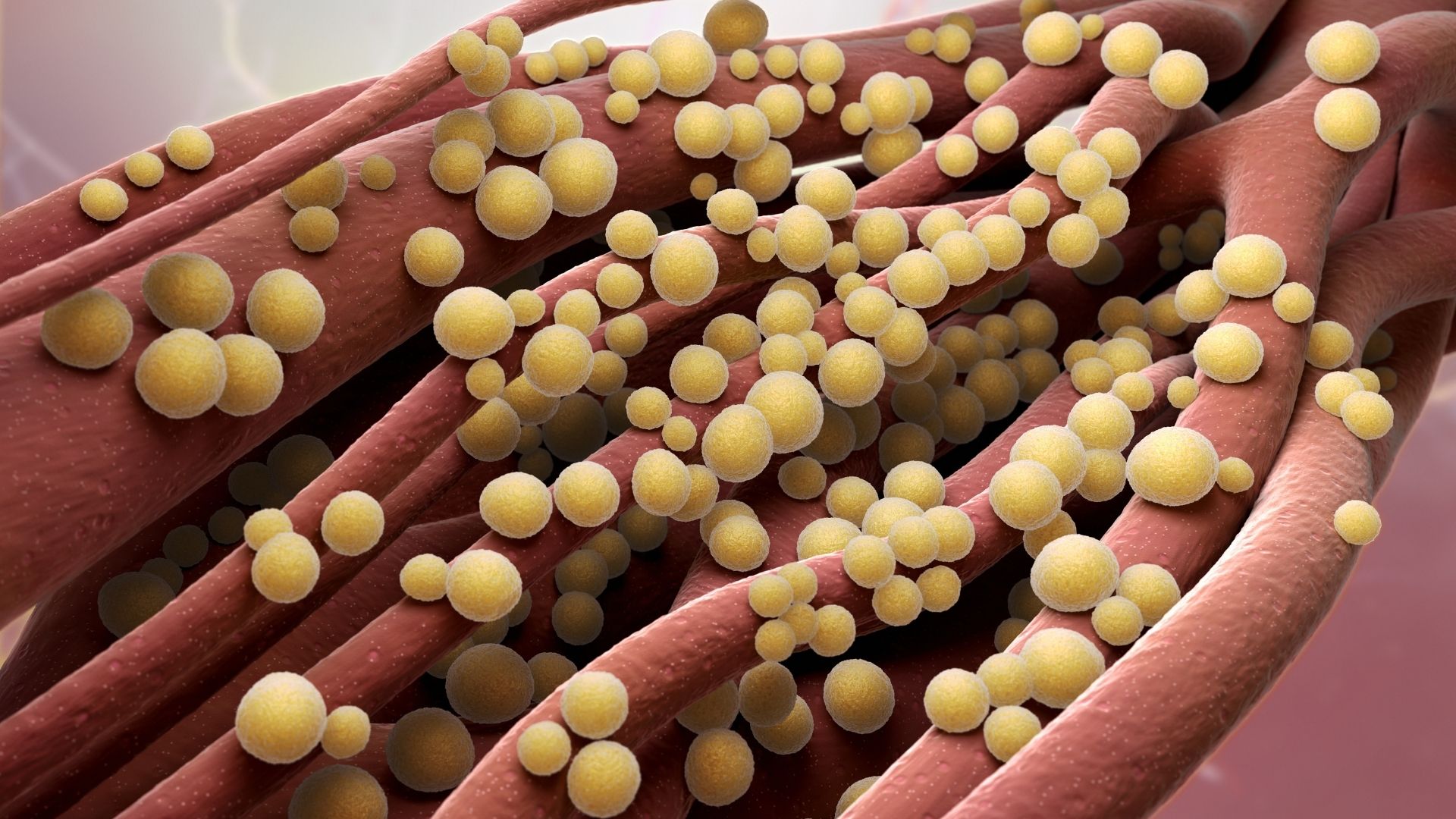What is gonorrhea and how is it treated?
Gonorrhea is a sexually transmitted infection caused by the bacterium Neisseria gonorrhoeae. This infection is spread through semen or vaginal fluids during sexual intercourse. Gonorrhea is a major health problem worldwide and is particularly common in young people aged 15-24.
This infection can affect parts of the body such as the genitals, urinary tract, rectum and throat. In women, it can also infect the cervix. An infected mother can also pass the disease to her baby during childbirth, which can lead to an eye infection in the baby.
The most effective way to prevent gonorrhea is to avoid unprotected sex. However, it is also important to watch for symptoms, as the infection does not show signs.
Symptoms
Gonorrhea usually shows symptoms within 4-6 days after the infection enters the body. However, in some cases there are no symptoms. When symptoms do appear, they usually include the following:
In men
Pain and burning during urination
White, yellow or green discharge from the penis
Redness at the tip of the penis
Pain or swelling in the testicles (more rare)
In 10% of men, there may be no symptoms at all.
Women:
Vaginal discharge
Pain and burning during urination
Itching in the external genital area
Vaginal bleeding after sexual intercourse (outside the menstrual period)
Painful sensation during sexual intercourse
Pain in the lower abdomen or pelvic area
Gonorrhea can cause serious health problems in men and women if left untreated. In women, it can cause pelvic inflammatory disease (PID), which can lead to adhesions and blockage of the tubes, infertility and long-term groin and abdominal pain. In men, it can cause pain in the testicular tubes and rarely infertility.
Transmission Routes
Gonorrhea is transmitted from person to person during sexual contact. This can include oral, anal or vaginal intercourse. An infected mother can also infect her baby during childbirth.
Diagnosis Methods
Gonorrhea is diagnosed with urine tests. In addition, samples from the urethra in men, cervix in women or, if necessary, from the rectum and throat can be taken for further investigations. In 40% of patients diagnosed with gonorrhea, other sexually transmitted infections such as chlamydia may also be present.
Treatment Methods
Gonorrhea is treated with antibiotics. These antibiotics are given as injections or pills and must be taken as prescribed by a doctor. If the infection has caused permanent damage to the urinary tract or other organs, these can be treated in other ways.
If a person is diagnosed with gonorrhea, it is important that their partner is also tested. Even if the partner is infected and does not show symptoms, he or she must be treated, otherwise there is a risk of re-infection.
Ways of Prevention
One of the most effective ways to prevent gonorrhea is to use condoms. Condoms should be used before any sexual intercourse. You should also talk to your partner about sexually transmitted infections. Mutual monogamy can reduce the risk of infection. If your partner shows signs of a sexually transmitted infection, sex should be avoided until they are treated.
Gonorrhea is a serious infection and early diagnosis and treatment is important. It is vital to pay attention to sexual health measures to prevent the spread of infection.



